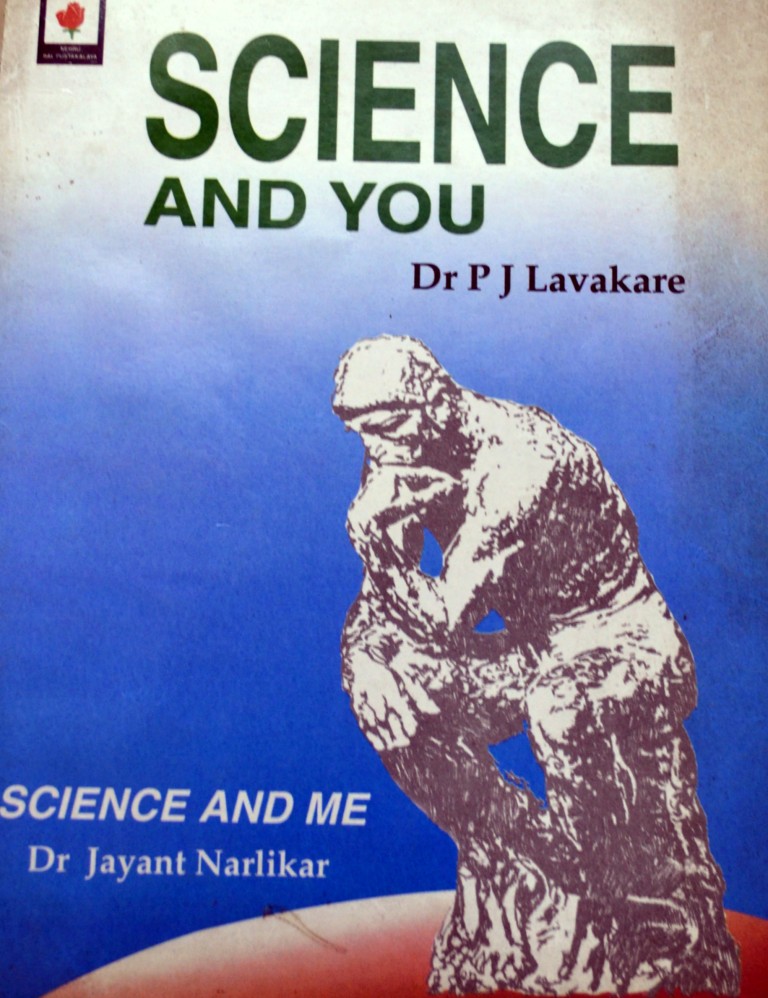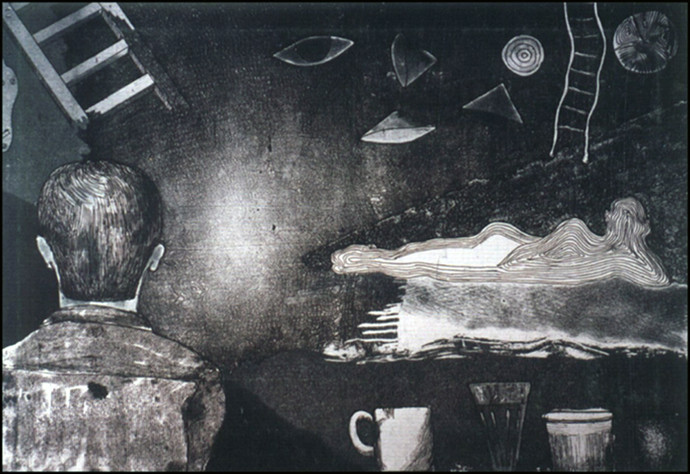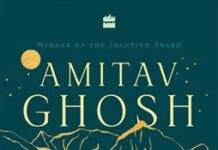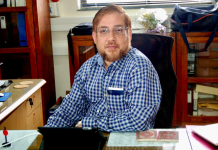Even in the age of Internet one should not be deprived of touching a book, feeling its reality, reading it, and sharing it. And it is important to see beyond standardized text books to expand one’s horizon. And particularly in the domain of science, good books—not guide books— are absolutely important for arousing the child’s interest. From our book shelf we have chosen this fascinating book. Let our readers be introduced to Dr J P Lavakre’s thought provoking reflections.

It is said that we live in the age of science. And we want our children to study science, to pursue a career in the field of science. But when the utilitarian approach becomes predominant, our approach to science becomes hypocritical. We want our children to study science because it is thought to be a road to ‘success’—a lucrative career in the domain of technology, industry and engineering. And for schools science seems to have been reduced into a series of puzzle solving exercises in Physics, Chemistry, Mathematics and Biology for a spectrum of entrance tests. Science is seldom studied for its beauty, criticality and rigour.
At a time when the world of school children is colonized by all sorts of coaching centres, model test papers and guide books (Kota in Rajasthan is the embodiment of this ugly education market), where is the scope for studying science meaningfully?
It is at this juncture that a book of this kind acquires its relevance. It encourages children to see, observe, raise questions, and then find the meaning of science in making sense of the world around them. See how beautifully the author speaks of science as a ‘wonderful journey’. He evokes the curiosity of the child: ‘Come down to the Earth for a moment and start looking at life on the earth. An ant, a fly, a bird, a peacock with its fascinating colours. How does an ant find the source of food? How well it communicates with other ants and then they follow a line to that source of food. Take some time off and see how they move. They seem to stop some time when they meet another ant. Are they ‘talking’ to each other?’ Yes, science, as the author reminds us, begins with these questions.
There is no reason to study science mechanically, and equate it with absurd puzzle solving exercises for the IIT entrance test—a process of drilling that robs one of a sense of wonder and curiosity. Because, as the author assures the child, ‘the world around us is full of such wonders and science enjoys studying and understanding these wonders. So will you.’ Science is indeed a way of seeing. The book inspires the child to see science everywhere—even in art and culture. ‘Have you seen the TajMahal? It is not only a beautiful monument, but architecturally well designed. It is a perfect example of geometrical symmetry and structural engineering. The emperor Shah Jahan must have used technical expertise in building this monument.’ The book reminds the child of ‘use and misuse of science’. The two world wars, it should not be forgotten, ‘have opened the eyes of the nations to the terrible misuse that can be made of science and technology.’
Here is a lovely book written with clarity and fascinating examples—a book the parents can read with their children, and take them to a new world. Science, believe it, is not just about what engineering colleges demand from your children. It is indeed refreshing to hear the voice of sanity: ‘As future scientists, the young students of today have to look at science with a broad outlook of trying to understand the unknown—not just trying to memorize laws and equations and writing computer programmes. You have to ask basic questions about the phenomenon you see around you.’ Are you listening?













